In today’s fast-paced digital world, public relations marketing is more than just media outreach; it's a strategic tool that builds trust, manages reputation, and drives growth. Whether you're launching a startup or scaling an established brand, public relations (PR) plays a pivotal role in shaping public perception and creating long-term brand value.
This blog explores the meaning, types, roles, and importance of public relations in modern branding g, and how integrating it with marketing and advertising strategies can lead to remarkable business success.
What is Public Relations?
Public Relations (PR) is the strategic process of managing how a company or individual is perceived by the public. It involves communicating with the media, stakeholders, customers, and employees to build a positive image, manage crises, and foster meaningful relationships.
Unlike traditional public relations advertising, which focuses on paid promotion, PR relies on earned and organic methods like news coverage, influencer engagement, and strategic communication campaigns. It often complements broader marketing efforts and is supported by data-driven market research and audience analysis.
Key Objectives of Public Relations:
- Build brand credibility
- Strengthen media relationships
- Increase visibility through storytelling
- Manage public sentiment and reputation
- Support marketing and advertising efforts
Types of Public Relations
PR is not a one-size-fits-all service. Different types of public relations cater to distinct goals and audiences. Here's a comprehensive table that outlines various forms of PR:
Types of Public Relations
Each category involves unique public relations tools, ranging from press releases and media kits to social media campaigns and influencer collaborations.
The Role of Public Relations in Modern Business
In the age of instant information and digital media, public relations in marketing holds immense value for business stability and growth. Here's how PR supports various business functions:
1. Driving Business Growth
Strategic PR campaigns tell compelling stories that highlight your unique value proposition. These efforts can attract new customers, investors, and partners, accelerating expansion.
2. Crisis Management
PR acts as the brand’s shield during crises. Whether it’s a product recall or negative press, PR professionals craft messaging that minimizes reputational harm and rebuilds public trust.
3. Reputation Management
Reputation is one of a brand’s most valuable assets. Through media interactions, thought leadership, and transparent communication, PR professionals shape how your business is perceived.
4. Boosting Brand Awareness
With smart messaging and targeted outreach, PR amplifies your brand’s visibility. Public relations, advertising and earned media placements work hand in hand to keep your brand top-of-mind.
5. Building Media Relationships
PR teams build lasting relationships with journalists and editors. These connections help secure interviews, features, and mentions that reinforce brand authority.
6. Influencing Public Perception
PR professionals shape narratives that align with a company’s values, using a mix of media relations, community engagement, and digital storytelling.
7. Integration with Marketing & Advertising
Modern strategies often blend PR with advertising and public relations courses for holistic communication. While advertising focuses on promotion, PR focuses on perception; together, they create trust and traction.
Importance of PR in Modern Branding
The role of PR in branding goes beyond visibility; it’s about authenticity, trust, and emotional connection.
Why PR Matters:
- Trust Building: Transparent communication builds long-term customer trust.
- Credibility: Earned media and endorsements carry more weight than paid ads.
- Authenticity: PR humanizes brands through real stories and honest messaging.
- Alignment: PR ensures consistency between brand actions and public messaging.
- Competitive Edge: Brands with strong PR often lead their industry in perception and loyalty.
Public relations is no longer confined to press releases and media mentions. It's a powerful strategy that drives brand loyalty, manages public perception, and ensures long-term business success. Whether you're dealing with a product launch, a public crisis, or community engagement, PR remains one of the most valuable assets in modern branding.
For those looking to build a career in this field, enrolling in a diploma or course in public relations and advertising can open doors to exciting opportunities in today’s communication-driven business world.
Think PR is just press releases and headlines? Think again. It’s your brand’s secret weapon for trust, traction, and transformation. Ready to make some noise? Let’s get your story heard only at Wunderkint.com!







